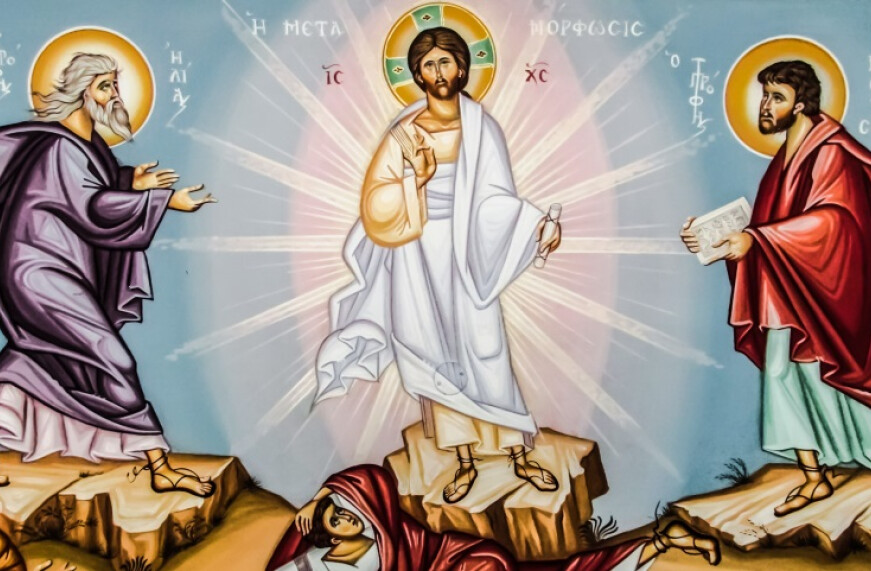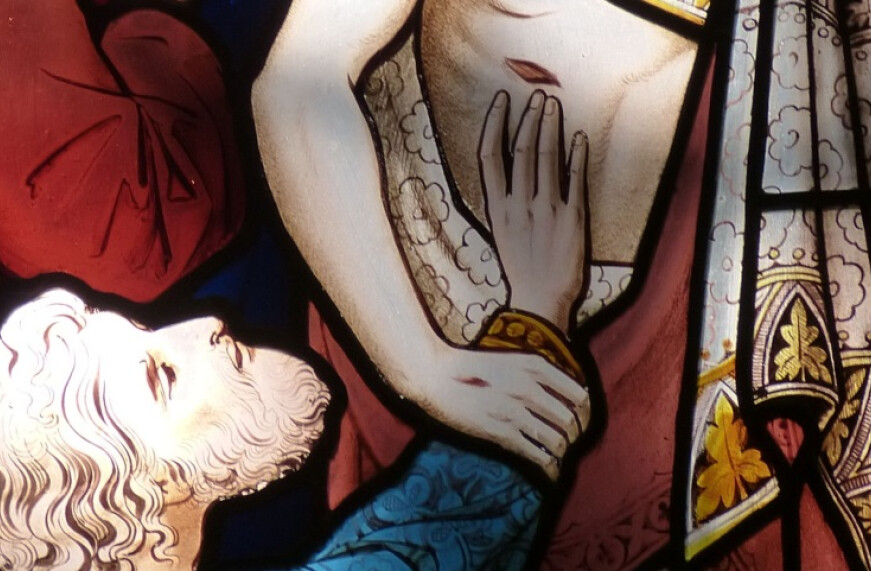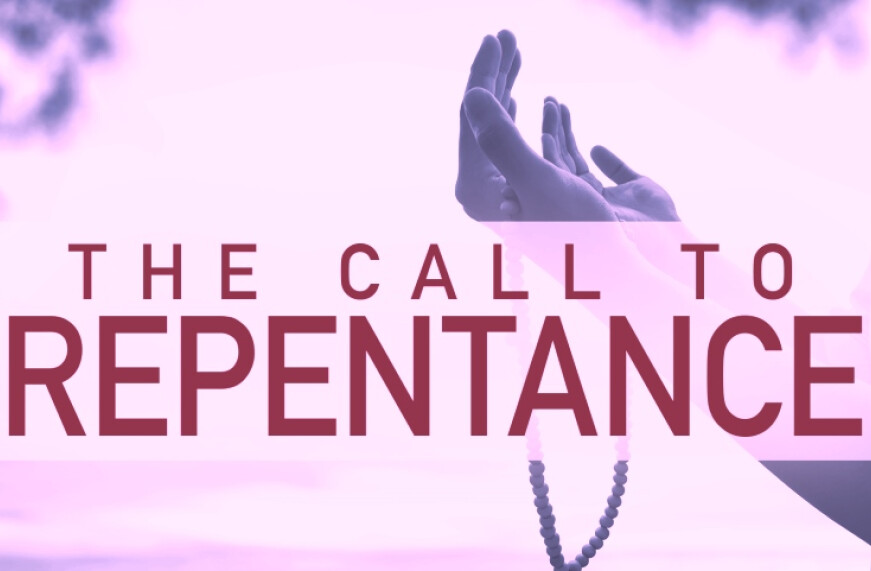Transformation and Conversion

Over my years in ministry, I have heard many different interpretations for why we take up practices of prayer, fasting, and almsgiving during Lent. I’ve heard that we take up these practices for the sake of suffering as Jesus suffered. Another common theme is that we do these practices as a form of penance for our sinfulness, or that we take on these practices as a kind of personal testing, as Jesus was tested in the wilderness, to see if our faith holds up. The list goes on.
While there is some element of truth in each of these interpretations, what they lack is that they often make the practices ends in themselves. We suffer for the sake of suffering, or undergo a test for the sole purpose of saying we did it.
But the Gospel for today shows us what we are truly aiming for: transfiguration, transformation. This passage from Mark is widely understood as a revelation of the true reality of the crucifixion—that what on the face of it looks to be gory destruction, is actually the glorification of Jesus Christ. So too, our Lenten practices are not meant to be just brutal sacrifices for the sake of brutal sacrifice; they are meant to be transformative. They are meant to bring about the glory of God through our own transfiguration. The goal of Lent is not suffering, it is conversion. We too are meant to be “dazzling white.”
So this Lent, may we keep this perspective as we strive and struggle to hold fast to our resolutions. May we remember the ultimate goal is conversion, and allow the Lord to use our successes and failures to lead us closer to Christ and make us more Christian, more Christ-like.


